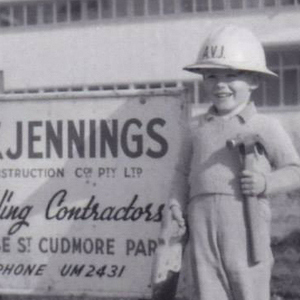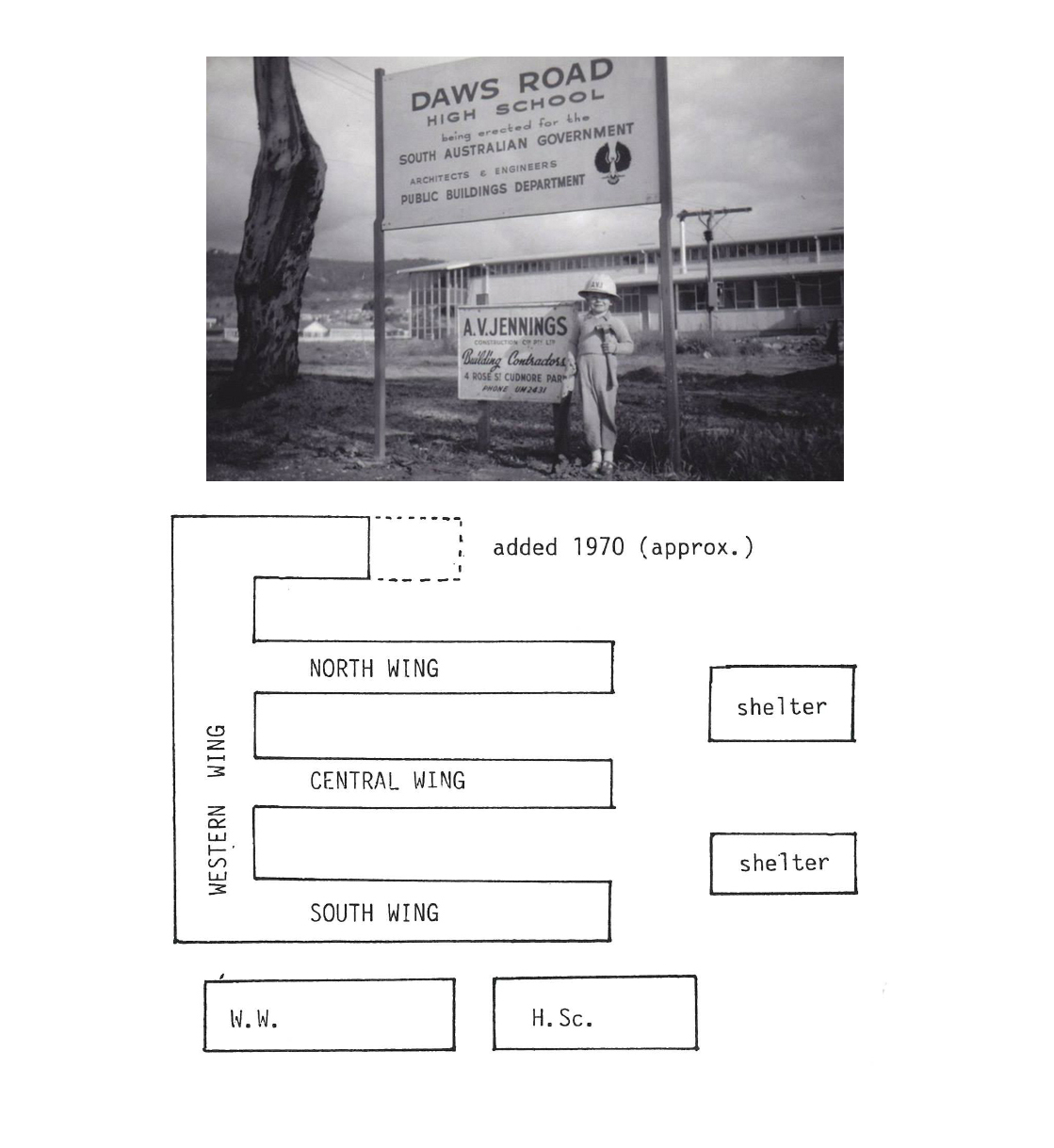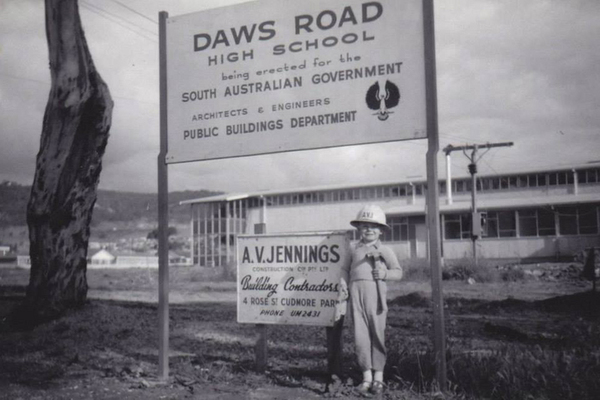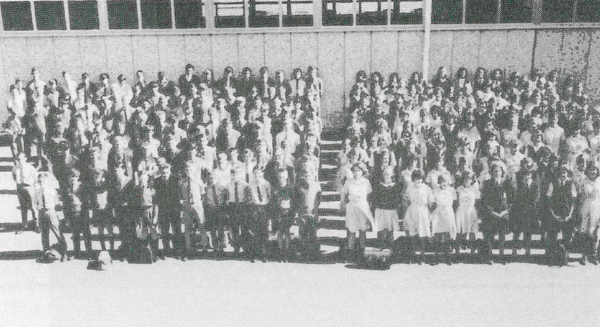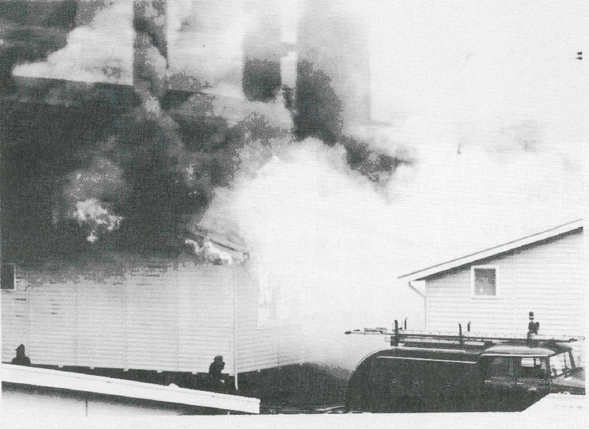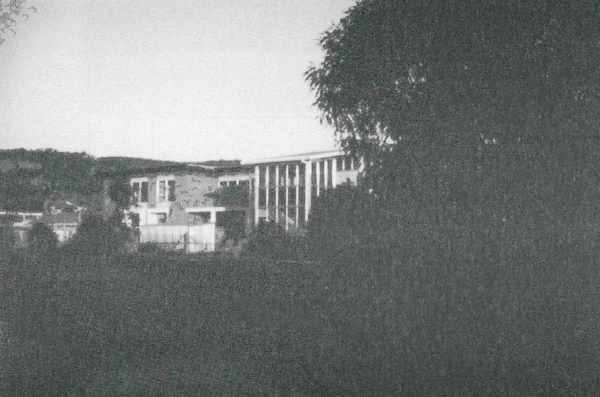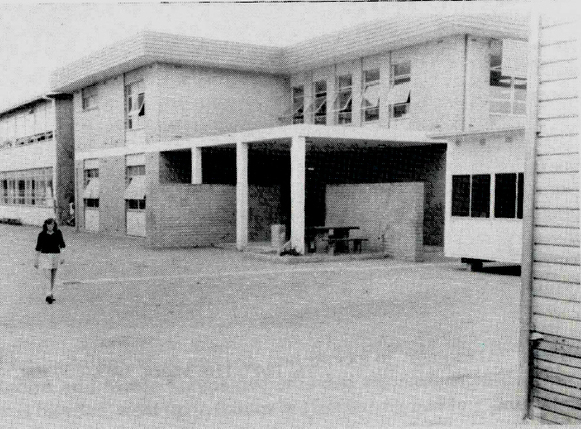What a great job was done by those original two hundred and twenty year 8 students, their parents, and their teachers (no ancilliary staff at all, except two part-time cleaners). A Library without books, no Canteen, no sporting equipment, no funds, no subsidies until July, no typist, no phone, no radio; not even a tool for the Workshop Centre.
Hard work, cheerful co-operation, and generous contributions of money soon filled obvious gaps in facilities and amenities. After one year (1966) the intake numbers lifted to above five hundred; in 1967 there were seven hundred and fifty students attending, and by 1969 (the school’s first Matriculation year) numbers exceeded one thousand. Those first five years brought more parents with more ideas and resources, thus trees were planted, playing fields irrigated and turfed, courts paved and enclosed, the Library shelves filled, audio-visuals installed, outdoor seating and bike racks erected, not to mention a Canteen graduating from a classroom to a structured porch.
Not long after, change rooms and outbuildings were erected, and blocks of "temporary" wooden classrooms, laboratories, art rooms and music rooms overcrowded the eastern yard. One of these, as well as some one hundred bicycles, went up in flames in 1969 during building extensions.



